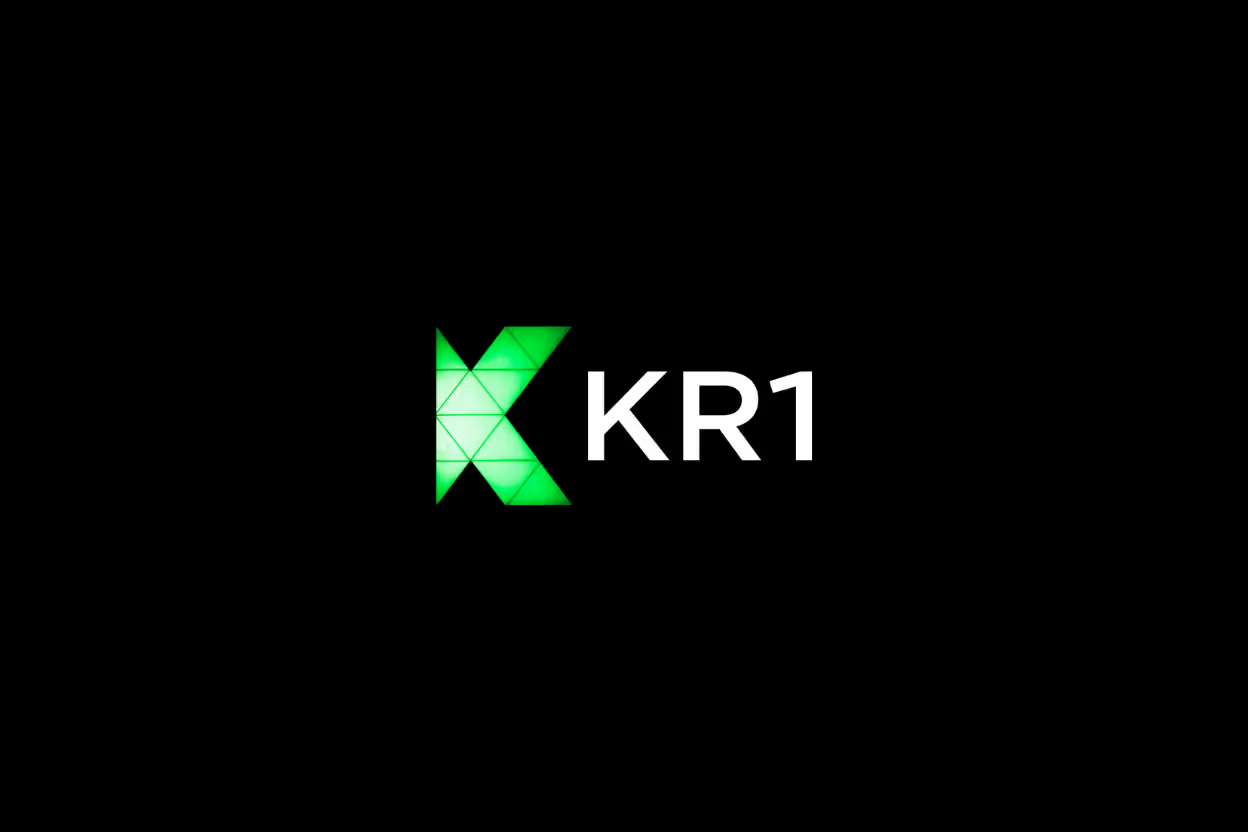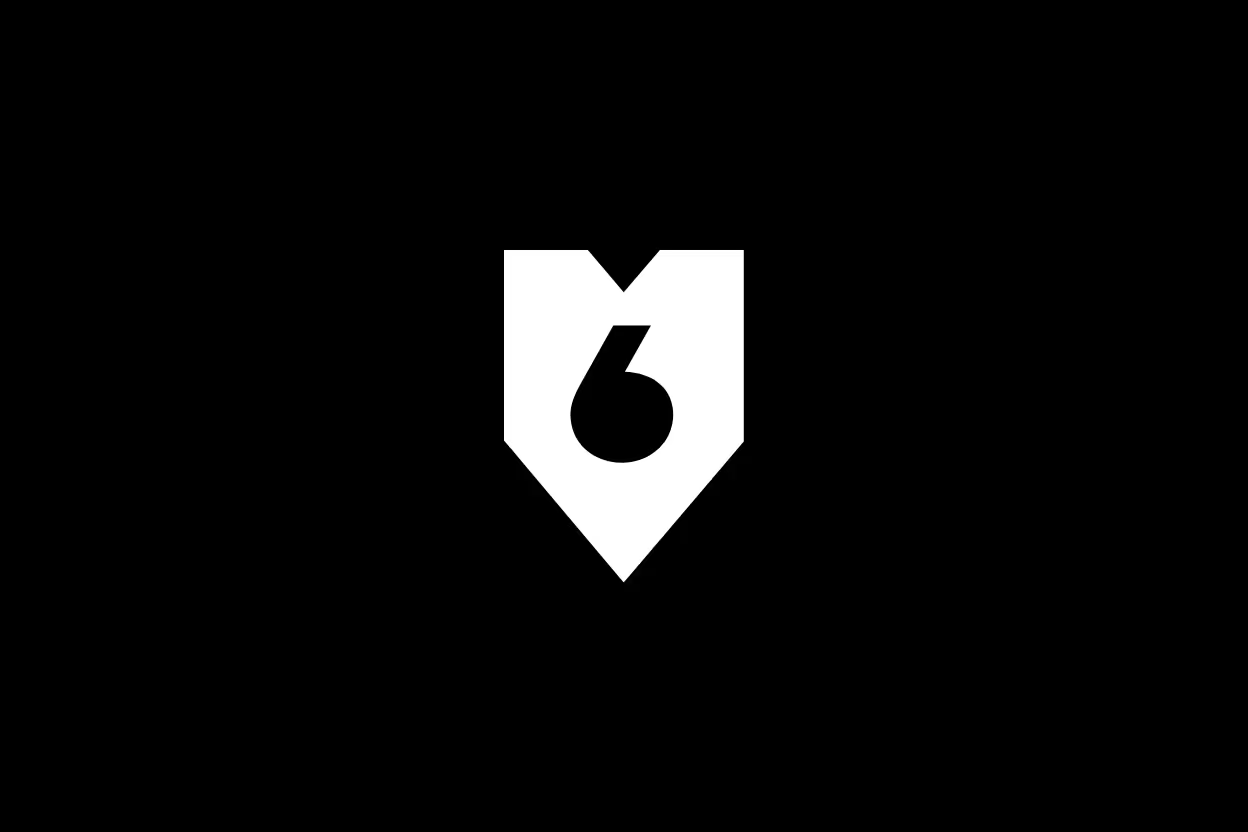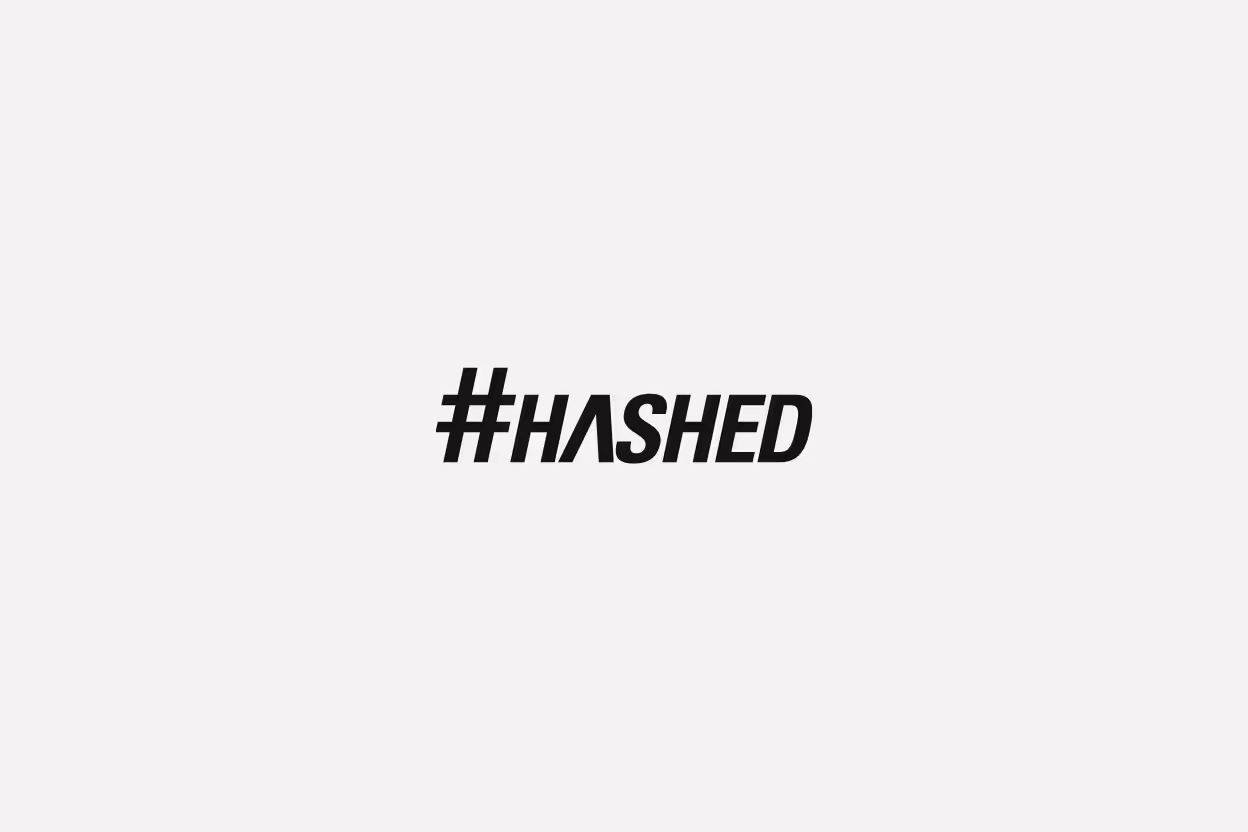DAOs promise to give everyone a voice, but what happens when a group no longer believes in the process? For crypto, blockchain and web3 founders, governance isn't just about voting, it's about shaping the future of your project and building trust with your community. If a DAO decides to abandon collective decision-making, the risks and ripple effects go beyond internal politics.
Why would a decentralized group walk away from governance? What can builders and investors learn from their experience? As project leaders and VCs look for smarter ways to launch, scale and manage, these questions matter. Knowing how and why a DAO failed at governance helps founders avoid similar pitfalls and investors spot stronger teams.
What is a DAO and How Does Governance Work?
Decentralized Autonomous Organizations (DAOs) start with a bold promise—give the community control over how the project runs. This idea drives founders and VCs to rethink power dynamics from the outset. So, how do DAOs actually make decisions? What makes governance feel efficient in theory but messy in practice? Let’s break down the basics before looking at the challenges.
The Basics of DAO Governance: Outline how voting, proposals, and community engagement typically operate in DAOs. Explain the idea of token-weighted voting and quorum.
In most DAOs, governance revolves around three simple actions: raising proposals, discussing them as a community, and voting. Here’s what you can expect when looking into DAO governance:
- Proposals: Anyone with a minimum stake might suggest changes, from setting budgets to adding new features.
- Discussion: The community uses forums, Discord or other platforms to debate the pros and cons. Strong engagement in this phase helps avoid rushed decisions.
- Voting: Members cast votes, often based on how many tokens they hold. More tokens, more voting power.
This model is called token-weighted voting. It rewards participants for holding more tokens—meant to align influence with investment. But does it really reflect the best interests of the project? Sometimes, even founders wonder whether this system gives every voice a fair chance.
To keep things orderly, DAOs set a quorum—the minimum number of votes needed to validate a decision. Without a quorum, a vote can be ignored, even if everyone who showed up agrees. This guardrail protects against a small group making decisions for the entire organization.
Startups often ask: Will our community show up to vote? Can a few big wallets change outcomes on their own? These questions highlight the tension between idealistic, open governance and real-world participation.
Governance Challenges in Practice: Briefly survey common pain points: voter apathy, whales dominating votes, decision fatigue, and slow changes. Address early-stage optimism versus real-world complexity.
In practice, DAO governance faces consistent obstacles that founders can’t afford to ignore. The theory sounds appealing, but daily reality is a different story.
- Voter Apathy: Many token holders skip votes. Proposals can stall if not enough people participate. Even in projects with passionate communities, it’s common to see turnout under 10 percent.
- Whales Dominating Votes: Large holders (”whales”) can effectively control outcomes. This fuels frustration when smaller stakeholders realize their input may not matter much.
- Decision Fatigue: Faced with constant proposals, active voters can burn out. Too many choices hurt productivity and stall critical decisions.
- Slow Changes: Decentralized decision-making means even simple changes can take weeks. Processes designed for fairness can also make projects rigid.
Why do DAOs start out so optimistic, only to hit these roadblocks? Early on, high energy and shared goals keep the community engaged. But as the project grows, enthusiasm fades, and conflicts grow more complex. New founders might wonder: is widespread participation possible long term, or does governance fatigue set in for every large DAO?
Recognizing these patterns is key for anyone looking to build or invest in DAOs. Governance isn’t just about having the tools for decision-making; it’s about designing systems that encourage broad, fair input over time. Questions about engagement, influence, and speed of action are at the heart of what makes DAO governance succeed or break down.
The Story: A DAO That Stopped Governing
When a DAO gives up on governance, it tells a powerful story about real hurdles in decentralized decision-making. For founders and investors, these details matter: understanding why a DAO stopped voting, the short and long-term impact, and the warning signs can help you steer clear of the same fate.
Why the DAO Gave Up on Governance
Behind the collapse of active governance in this DAO were a few straightforward causes. Member participation was weak. Week after week, too few members bothered to vote. When critical proposals surfaced, turnout was a fraction of what was needed. Quorums went unmet. Sometimes just a handful of wallets showed up. In the end, many felt their votes didn’t matter—especially smaller holders overwhelmed by whales and insiders.
Off-chain coordination proved even tougher. Most conversations drifted to private chats between devs, not public forums. Decisions moved out of view, making it hard for the average member to keep up or feel heard. No surprise that engagement slid even further.
Founders shared feelings of fatigue and disappointment. One core team member admitted, “We started out believing most people wanted to help shape the project, but participation kept dropping. Eventually, the same few contributors did everything.” Most agree now: initial optimism masked the steep effort required to keep everyone involved.
Ask yourself: what happens when most of your community thinks they don’t matter, or can’t see the impact of governance?
Impact on Members, Protocol, and Growth
When governance fizzled, effects rippled out fast:
- Protocol stagnation: Needed upgrades stalled. Old code stuck around. Promising ideas never moved beyond draft proposals.
- Lost momentum: Early supporters drifted away. Fewer would-be contributors showed up in chats or voted. Proposals that might have strengthened the protocol were left in limbo.
- Re-centralization: With no real oversight, core devs took over more decisions. What started as community-driven quickly became founder-led.
Did walking away from governance help or hurt the project? For most, it clearly hurt. Setbacks became obvious as fewer upgrades shipped and trust in the team slipped. Still, some long-term holders stayed, either out of hope or habit, while newer users lost interest and left.
Why did any members remain? Some users were committed to the underlying tech. Others stayed because they held tokens and hoped for future gains, reasoning that even flawed projects sometimes recover. But the loss of true governance meant many felt less tied to the protocol’s outcomes.
Are your project incentives and structures ready for rough patches, or will your community disappear when voting slows?
Lessons from the Breakdown
There are clear takeaways for founders and investors facing DAO governance risks:
- Watch for warning signs: Declining voter turnout, repeated issues making quorum, and lots of off-chain decision-making point to trouble.
- Value sustained incentive structures: Token rewards, recognition, and opportunities for genuine impact keep members active. Projects that fail to adjust incentives for long-term participation will see apathy sweep through.
- Prioritize communication: Sharing updates, transparent planning, and simple voting mechanisms can keep members engaged, especially when enthusiasm dips.
To dodge these pitfalls, founders should regularly monitor participation metrics and adapt communication channels. If governance feels stagnant, assess whether high-value contributors feel heard and if incentives align with ongoing involvement.
Wondering how you’d recognize a DAO on the brink? Look at who’s making decisions: is it the crowd, a small group, or just the devs? That can reveal a lot about your risk of re-centralizing and losing your most committed users.
Should DAOs Always Govern Themselves?
DAOs claim to put control in the hands of the many, not the few. But should every DAO stick to this script all the time? The answer isn’t as simple as it looks. How much control a DAO needs and who should have it changes as the group grows, the product matures, and real-world risks emerge. Let’s look at why “self-governance” is not a one-size-fits-all solution, and why some teams might choose to rethink it.
When Full Self-Governance Helps
Many DAOs thrive when they hand day-to-day control to their communities. This model works best when:
- The product is mature and key design decisions are in the past.
- The user base is broad, with many active, aligned token holders.
- Decisions are not urgent and can withstand long feedback cycles.
- Value flows to the whole group, not just a handful of founders or investors.
Under these conditions, self-governance can keep everyone motivated and honest. It builds trust and reduces the odds that a central team will run wild. DAOs deciding funding, protocol tweaks, or grants can often succeed with this approach—if turnout and engagement stay high.
The Downsides: When Self-Governance Slows Progress
But growth and chaos often go hand in hand. As seen in some failed examples, complete community control can quickly stall a project’s momentum:
- Slow decision-making: Routine upgrades and improvements often get stuck in endless votes.
- Voter fatigue: People burn out, stop showing up, or don’t feel their votes count.
- Expertise gaps: Complex technical calls may require deep experience that only a subset of the group, like core devs or founders, possess.
- Groupthink and risk aversion: Fear of backlash means bold ideas rarely pass. Innovation stalls.
Are DAO members truly ready to handle legal, technical, and financial responsibility? If not, projects might suffer from lack of direction or muddled choices. Has your DAO experienced endless debates with little action? If so, self-governance might need a tune-up—not just more voting.
Hybrid Models: Finding a Healthy Middle Ground
Some DAOs now mix democratic input with delegated leadership. Think of it like a board at a public company. Not every decision goes to a referendum. Instead, select teams or representatives act on behalf of the broader group for set periods or specific topics.
Common hybrid models include:
- Elected councils deciding on routine operations, while big changes still go to the whole DAO.
- Working groups tackling technical, community, or treasury issues with community oversight.
- Emergency powers for founders or core teams during crises, with strict controls.
This blend isn’t a cop-out. It often reflects a group’s need for speed, flexibility, and security. Can your DAO pivot quickly or respond to surprises if every choice demands a vote? For many, mixing in delegated authority provides just enough structure without giving up transparency.
What Founders and VCs Need to Weigh
Founders and investors must weigh the trade-offs of pure self-governance versus hybrid or founder-led models:
- Does your DAO’s core mission require persistent community control?
- Are you ready to support strong incentives and community-building, even when excitement dips?
- Do you have enough subject matter experts to avoid “lowest common denominator” thinking?
Relying on self-governance without a backup plan can leave your protocol open to gridlock or takeovers. On the other hand, too much centralization—or even the perception of it—can drive away users who value independence and voice.
In short, the sweet spot between self-governance and leadership changes over time. It’s essential to stay flexible and tune the process as your DAO grows, the community matures, and user needs shift. Keep asking: does our current model help us ship, grow, and keep users bought in? If not, change it before the cracks widen.
What Crypto Founders and VCs Can Learn
When a DAO gives up on governance, the lessons are immediate and powerful for both founders and investors. These moments provide real data about what can go wrong and, more importantly, what can be done better. Founders and VCs often look for blueprints to avoid past mistakes, protect community trust, and build structures that actually last.
Rethink Community Engagement and Incentives
A big lesson is that engagement cannot be left to chance. When learning from failed governance, founders and VCs must ask: Why did participation drop? What kinds of incentives actually moved the needle? Too many teams assume “if you build it, they will vote.” Real-world experience shows that’s rarely enough.
- Align incentives with active contribution. Passive token holding rarely sparks meaningful involvement.
- Celebrate and reward regular contributors. Consider leaderboards, reputation scores, or meaningful status in the project.
- Simplify processes. Bureaucratic proposal systems discourage input, especially from new community members.
Are your incentives simply token rewards, or do they give consistent, personal value to active users? If users feel their time isn't valued, engagement drops sharply.
Recognize and Address Power Dynamics Early
It's tempting to trust that a decentralized setup will solve its own problems. In truth, unchecked whale dominance and behind-the-scenes decisions can break a community's spirit. Founders and VCs should focus on early signals: Who’s actually shaping the protocol? Is governance as open as intended?
- Monitor voting power concentration. If a handful of wallets control outcomes, your governance is already slipping.
- Experiment with delegation and quadratic voting. These tools rebalance influence and encourage smaller holders to take part.
- Prioritize transparency. When decisions happen off-chain, publish summaries and invite feedback. Letting conversations drift into private channels often signals the start of trust issues.
Does your structure actually distribute decision-making, or do a few voices have all the control? Honest answers here will drive your DAO closer to true decentralization.
Build Flexible Governance—Not Just for Today
No governance model lasts forever. One of the biggest takeaways for founders and VCs: build for change. As projects scale, the system that worked on day one may slow things down later. Rigid models risk losing the community’s trust or, worse, their participation.
- Plan for transitions. Outline when and how your DAO can shift from founder-led to community-driven (or vice versa) as needed.
- Set review periods. Core processes should have scheduled reviews so you can adjust before frustration sets in.
- Learn from other protocols. No need to reinvent the wheel. Analyze what worked in other DAOs, especially those that have bounced back from governance problems.
Which part of your governance system is most at risk if your user base doubles? How fast can your organization shift processes when needed?
Tighten Communication and Onboarding
When participation dries up, poor communication is often to blame. Founders and VCs should remember: Decisions only matter when most people understand the process, the stakes, and their own role. Simplify voting. Use plain language. Make onboarding easy.
- Break down complex proposals into bite-sized parts.
- Provide consistent updates and context before major votes.
- Create guides, welcome calls, and open office hours. This keeps members—from new users to power contributors—engaged and informed.
Do your onboarding materials make it easy for newcomers to vote confidently? If not, even the best-designed systems will see low participation.
Spot Red Flags Before It’s Too Late
By learning to see the signs early, VCs and founders put themselves in a stronger position. Ask yourself:
- Is proposal turnout shrinking or stagnant?
- Are tough or technical calls ending up in private chats, not public forums?
- Do whales or longstanding team members dominate every major decision?
Powerful DAOs and successful investments start with strong, adaptive governance. Stay alert, and treat warning signs as a chance to course-correct before engagement or trust is lost for good.
Conclusion
Not every DAO is built for full, ongoing governance by the entire community, and stubborn commitment to a single model can slow growth or fracture teams. The biggest takeaway for founders and VCs is simple: the governance structure that works now may not serve you later.
Ask what your project needs at its current stage. Should core contributors guide early decisions, or can your broader base handle key votes? Are you watching for signs that power is concentrating or that apathy is rising among members?
Invite your team to revisit your governance setup regularly, adapting as your user base, goals, and risks change. Question what structure drives the fastest, fairest progress—then have the courage to adjust course. Thank you for reading, and consider sharing your own experience or questions about DAO governance below.









